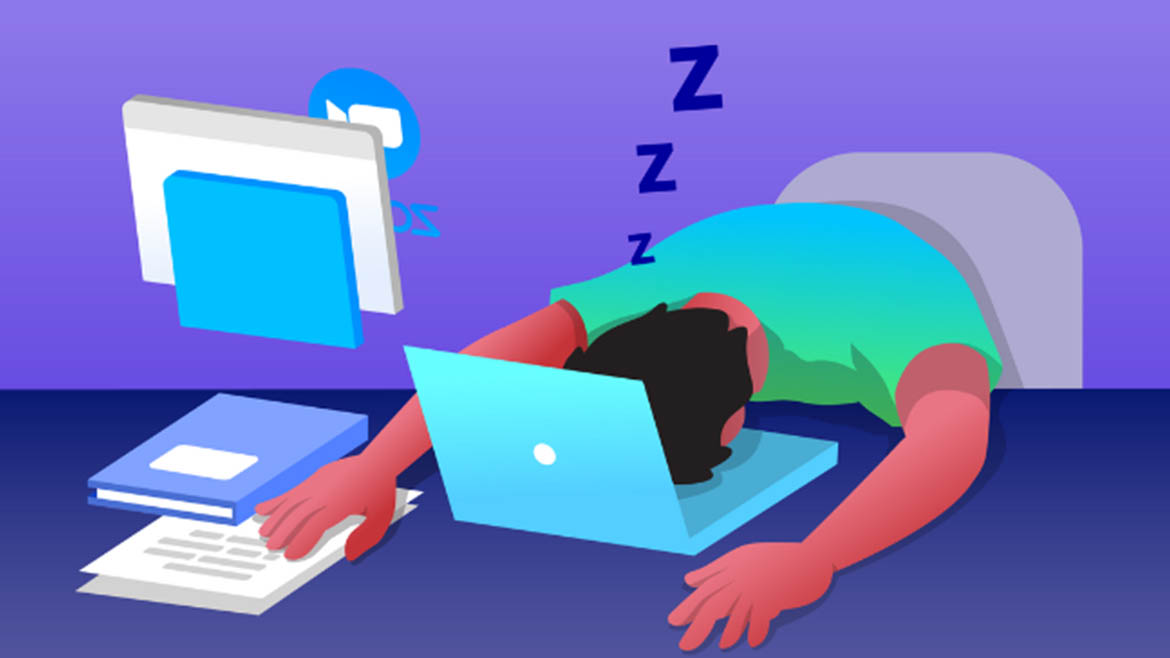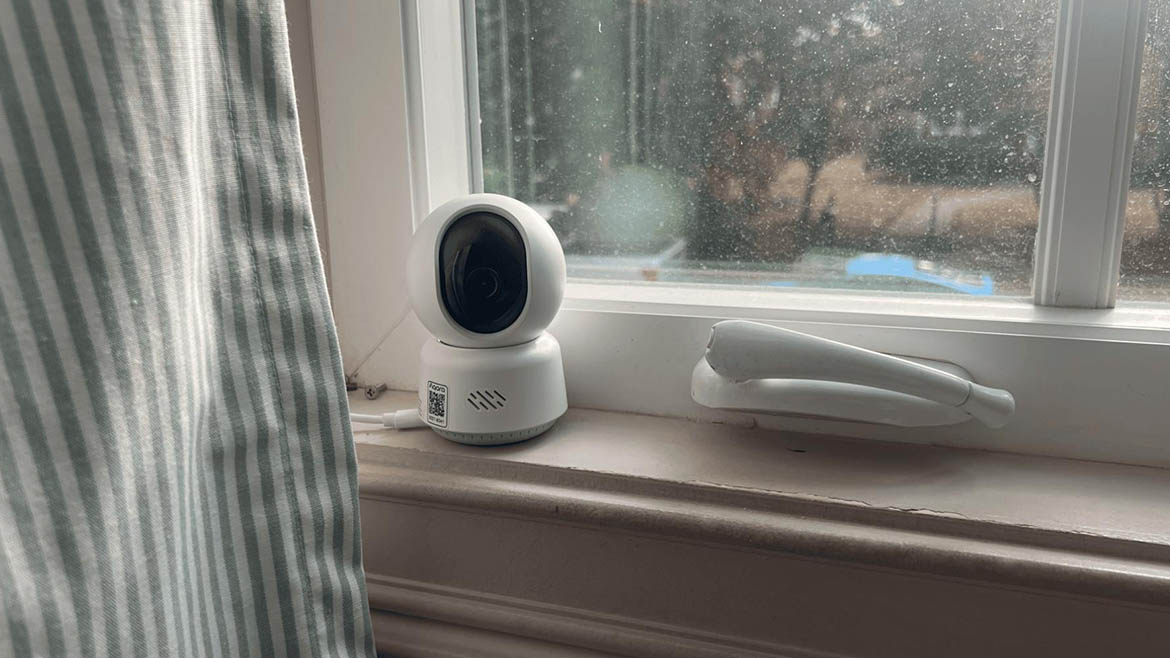After your most recent online meeting or lesson, are you feeling worn out? Researchers have discovered a link between physical symptoms associated with exhaustion and video conferencing in classrooms. They found that heart rates and brain waves suggested that screen usage wears one out.
The curricula of many contemporary schools and universities include instruction in online conferencing. On the one hand, it has made it possible for classes to continue in the face of unforeseen natural disasters like earthquakes and floods. However, it has also resulted in hitherto unheard-of issues including Zoom fatigue. For the sake of the well-being of the students, we must thus address these problems.
This article will discuss how researchers identified zoom fatigue in humans. I’ll discuss the advantages of online learning later on to highlight its positive aspects.
How was Zoom fatigue studied by scientists?
Researchers René Riedl, Kyriaki Kostoglou, Selina C. Wriessnegger, and Gernot R. Müller-Putz have observed that users of video conferencing programmes report feeling fatigued after utilizing them. We haven’t accumulated any proof, though, that Zoom, Microsoft Teams, and comparable apps can lead to fatigue.
For this reason, they carried out a study with 35 students from Austria’s Graz University of Technology. The responses were split up into two groups.
In the first, 18 participants took part in a 50-minute engineering lecture online for one week, then an in-person session for an additional week. The remaining 17 then completed the in-person classes before attending the courses via video conference.
In the meantime, the researchers measured the rhythms of their hearts and brains using electroencephalogram (EEG) and electrocardiogram (ECG) equipment. In addition, assessments of participants’ moods and degrees of weariness were requested.
The researchers searched for bodily indicators of mental exhaustion. These included certain brain waves, a lowered heart rate, and indications that the nervous system might be adjusting to counteract growing weariness during the lesson.
The researchers discovered “notable” differences between the online and in-person groups. Throughout their video conference, the students’ level of exhaustion increased.
Their brain activity suggested that individuals had trouble focusing. In addition, the individuals’ emotions changed. The online volunteers reported feeling sleepy, exhausted, and “fed up,” while the in-person volunteers reported feeling livelier and happier.
Thus, the researchers found that their data demonstrated the negative physical effects of video conferences, often known as “Zoom fatigue.” Above all, they recommended that online meeting tools be used in addition to in-person interactions rather than as a replacement.
The scientists suggested doing more research to find out how taking lessons online affects different areas of the brain. To learn more about the effects, they also wish to conduct the study again in homes and workplaces.

What advantages can online education offer?
Despite the Zoom fatigue study, there are still benefits to online learning. Nonetheless, there are advantages to studying via video conference:
Convenience: Being able to learn from wherever is its main benefit. You may, for instance, study while sipping your preferred brew in your preferred cafe.
The main benefit is that it allows you to learn at any location. You may, for instance, study while sipping your preferred brew in your preferred cafe. Time management: Since you won’t need to travel or commute to school, you might save money and time. Simply turn on the computer, then start the lesson. You might have extra time for other facets of your life as a result.
Since you won’t need to travel or commute to school, you could save money and time. Simply turn on the computer, then start the lesson. You might have extra time for other facets of your life as a result. Obtaining resources: Information back then had to be found by searching through books in the school library. These days, you can use all those educational materials from the convenience of your own home.
Information back then had to be found by searching through books in the school library. These days, you can use all those educational materials from the convenience of your own home. Career advancement: Even though people work full-time jobs, this could help them further their professions. They frequently lack the flexibility in their schedules to enable them to attend in-person classes. On their days off, students could attend an online college in the interim.
Additionally, more schools are using ChatGPT to boost learning.
Conclusion:
Researchers have discovered evidence that participants in online meetings and lectures do indeed get “Zoom fatigue.” They found that throughout those sessions, people grew more agitated and worn out.
They also saw individuals displaying signs of exhaustion in their heart rhythms and brain waves. To corroborate their findings, the scientists recommended more investigation, nevertheless.
Stay Updated about the latest technological developments and reviews by following TechTalk, and connect with us on Twitter, Facebook, Google News, and Instagram. For our newest video content, subscribe to our YouTube channel.
Read More: Aqara’s new Camera E1 costs $60 and is compatible with Apple HomeKit.





